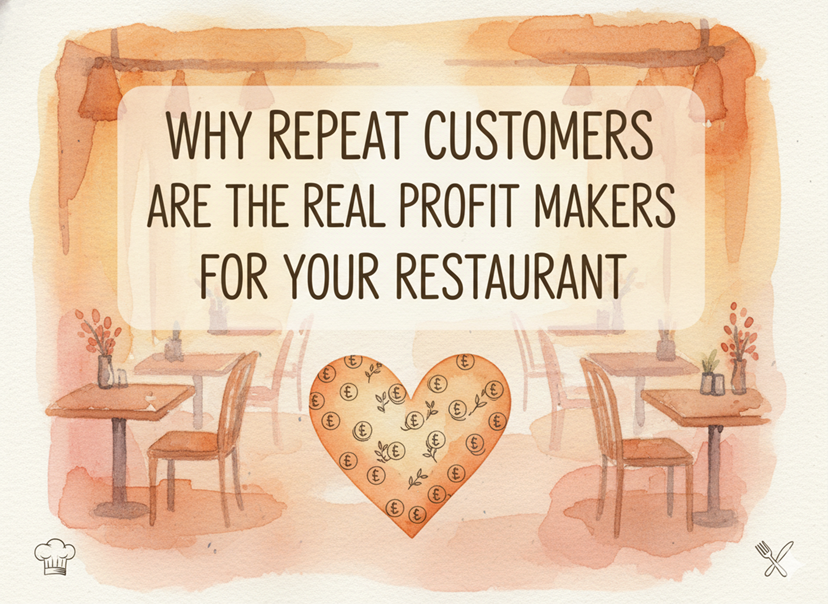Welcome to the guide on mastering the inventory turnover ratio for your restaurant! Picture this: You’re at the helm of a bustling eatery, juggling orders, managing staff, and ensuring your customers leave satisfied. Amidst the chaos, one crucial aspect often overlooked is inventory management. But fear not! This guide is your compass, navigating through the intricacies of inventory turnover ratios. Together, we’ll unravel the mysteries behind this vital metric, empowering you to optimize your inventory control and propel your restaurant toward unprecedented success. So, grab a seat and get ready to embark on a journey of discovery and transformation!
Understand the Concept
The inventory turnover ratio is a critical financial metric that measures how efficiently a restaurant manages its inventory. It indicates the frequency with which inventory is sold and replaced within a specific period, typically a year. Essentially, it shows how well a restaurant is converting its inventory into sales. A higher ratio suggests that inventory is being sold quickly and replenished, indicating effective inventory management. On the other hand, a lower ratio may indicate issues such as overstocking, slow-moving inventory, or inefficient procurement practices.
Gather the Necessary Data
To calculate the inventory turnover ratio accurately, you need access to two primary pieces of data: the cost of goods sold (COGS) and the average inventory value. COGS represents the direct costs associated with producing the goods sold by the restaurant, including ingredients, packaging materials, and other related expenses. Average inventory value refers to the average monetary value of the inventory held by the restaurant over a specified period. This data is crucial for performing the subsequent calculations.
Calculate the Cost of Goods Sold (COGS)
Determining the COGS involves adding up all the costs directly incurred in the production of goods sold by the restaurant. This includes the cost of raw materials, ingredients, packaging, and any other expenses directly associated with food and beverage production. It’s essential to ensure accuracy by accounting for any discounts, returns, or adjustments that affect the final COGS figure. Knowing the COGS provides insights into the direct costs incurred in generating revenue through sales.
Determine the Average Inventory Value
Calculating the average inventory value requires determining the total value of inventory at the beginning and end of the period and then averaging them. This involves adding the inventory value at the beginning of the period to the inventory value at the end of the period and dividing the sum by two. The average inventory value offers a snapshot of the average investment tied up in inventory over the specified timeframe. It provides a benchmark for evaluating inventory turnover efficiency.
Calculate the Inventory Turnover Ratio
Using the formula Inventory Turnover Ratio = COGS / Average Inventory Value, divide the cost of goods sold by the average inventory value to obtain the inventory turnover ratio. This ratio quantifies how many times inventory is sold and replaced within the given period. For example, a ratio of 5 indicates that inventory is turned over five times during the year. The inventory turnover ratio serves as a key performance indicator for inventory management effectiveness.
Analyze the Results
Interpreting the calculated inventory turnover ratio is crucial for making informed decisions regarding inventory management. A higher ratio suggests that inventory is being efficiently utilized, with goods sold quickly and replenished to meet demand. This indicates effective inventory control and operational efficiency. Conversely, a lower ratio may indicate issues such as overstocking, slow-moving inventory, or inadequate demand forecasting. Regular analysis of the inventory turnover ratio enables the identification of areas for improvement and optimization of inventory management strategies.
FAQs
- How frequently should a restaurant aim to turn over its inventory, and what factors determine the ideal turnover rate?
The ideal inventory turnover rate can vary depending on factors such as the type of restaurant, its size, menu complexity, and seasonality. Generally, a higher inventory turnover rate indicates more efficient inventory management. However, there is no one-size-fits-all answer to how frequently inventory should be turned over. It’s crucial for restaurant owners to consider factors like the shelf life of ingredients, customer demand fluctuations, and supplier lead times when determining the optimal turnover rate for their specific operations.
- Are there any industry benchmarks or standards for inventory turnover ratios that restaurants should strive to meet or exceed?
While there are no strict industry benchmarks for inventory turnover ratios in the restaurant sector, benchmarks can vary based on the type of cuisine, service model, and geographic location. However, as a general guideline, restaurants typically aim for inventory turnover ratios higher than 2 or 3, indicating that inventory is being sold and replenished multiple times within a year. Restaurant owners should benchmark against their own historical performance and industry averages to set realistic goals for improvement.
- What are some practical strategies or best practices for improving inventory turnover and optimizing inventory management within a restaurant setting?
Several strategies can help improve inventory turnover and optimize inventory management in restaurants:
Implementing accurate forecasting techniques to anticipate demand and adjust inventory levels accordingly.
Streamlining menu offerings to reduce the number of ingredients in stock and minimize waste.
Negotiating favorable terms with suppliers to reduce lead times and minimize holding costs.
Regularly auditing inventory levels to identify slow-moving items or overstocked inventory.
Investing in inventory management software to automate tracking, streamline ordering processes, and generate real-time reports.
Training staff on proper inventory handling procedures to minimize losses due to spoilage, theft, or mishandling.
In conclusion, embarking on this journey to master the inventory turnover ratio for your restaurant is akin to navigating uncharted waters. Yet, armed with newfound knowledge and insights, you’re poised to steer your establishment toward unprecedented success. Remember, effective inventory management is not merely about numbers; it’s about strategic decision-making and operational efficiency. By optimizing your inventory control practices, you’re not just managing stock – you’re maximizing profitability and ensuring the satisfaction of both your customers and your bottom line. So, let’s set sail together towards a future of culinary excellence and business prosperity!




